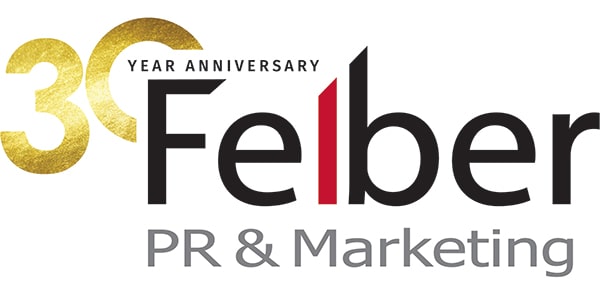Manufacturing Day Campaign 2015
In honor of Manufacturing Day on October 2nd, 2015, we wanted to do something special to recognize manufacturers in NE Ohio. We decided to take a unique approach for Manufacturing Day and created a social media campaign which started at the Crain’s [M] Power Manufacturing Conference (follow @CrainsCleveland & @CrainsAkron) and spanned until Manufacturing Day on October […]
